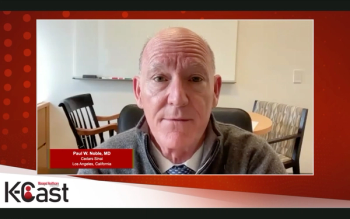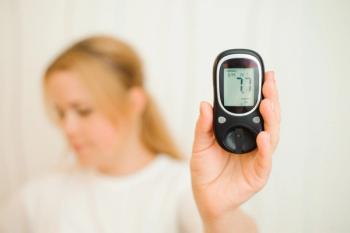
- MHE December 2022
- Volume 32
- Issue 12
Keeping a Watch Out — and on — for A-Fib
Smartwatches such as the Apple Watch could save insurers money if they detect atrial fibrillation early, but false alarms may be an issue.
Atrial fibrillation (A-fib) is often asymptomatic and is a leading cause of stroke. Several studies have shown that it’s possible to detect the condition using digital health technologies. Now multiple trials are underway to evaluate whether these devices might be used to screen for A-fib and better manage the disease among people who have received a diagnosis.
One of the most significant studies is the seven-year REACT-AF trial, which is supported by a $37 million grant from the National Heart, Lung, and Blood Institute. The trial is designed to investigate whether an Apple Watch that detects heart arrhythmias can reduce reliance on blood-thinning medications while still protecting people with A-fib against stroke.
Currently, people with A-fib are prescribed blood-thinning medications on a continuous basis to keep blood clots from forming that could result in a stroke. Monitoring the heart with an Apple Watch might mean blood-thinning medications could instead be used for limited periods in response to arrhythmias.
“If proven effective, this new treatment paradigm will fundamentally change the standard of care for millions of Americans living with A-fib,” says Rod Passman, M.D., director of the Northwestern University Center for Arrhythmia Research in Chicago. Passman is also the principal investigator of the REACT-AF study, which is a joint project of Northwestern and Johns Hopkins University investigators.
Although the Apple Watch looms large in the market, other companies are vying for customers who want wristwatch-like devices that can detect heart problems and provide other kinds of personalized health information. The Fitbit Sense 2 has sensors that measure heart rate, skin temperature, electrodermal activity (an indicator of stress) and blood oxygen levels. The Google Pixel Watch and Samsung Galaxy Watch 5 are also among the personal health competitors with the Apple Watch.
False alarms
Wearables have the potential of providing clinicians objective data to assess how well a patient is complying with stroke prevention strategies such as controlling blood pressure and maintaining daily step counts. “Managed care organizations are leading the charge in this effort,” notes Charles A. Odonkor, M.D., M.A., a physiatrist and an assistant professor at Yale University School of Medicine.
“Wearables,” says Odonkor, “put the patient in the driver’s seat in terms of directing their care by allowing for continuous remote home health monitoring.” However, they might also lead to increased rather than decreased utilization of healthcare resources; for instance, if more people need follow-up care due to potential false alarms, notes Odonkor. Yet as the technology improves, the sensitivity and specificity of signal detection gets better, and as thousands of people continue to use the devices, the false alarm rates are likely to decline, he says.
In the Apple Heart Study, more than 400,000 people wore an Apple Watch with an app that could detect an irregular heart rate and, based on an algorithm developed by Apple, identify whether that irregularity was predictive of A-fib, notes Paul Wang, M.D., director of the Stanford Cardiac Arrhythmia Service and professor of medicine and bioengineering at Stanford University in California, whose colleagues conducted the Apple Heart Study. Wang noted that insurers don’t incur any up-front costs when people buy and wear smart watches with health-related features. “It’s a perfect example of how a consumer product can result in such improvement in healthcare without a great deal of expense.”
Susan Kreimer is a healthcare journalist in New York.
Articles in this issue
about 3 years ago
Some of the Up-and-Coming PBMsabout 3 years ago
Beyond the Big Three and How We Got Hereabout 3 years ago
Beyond the Big Three PBMsabout 3 years ago
NCI Study Analyzes the Harms From Cancer Screeningabout 3 years ago
Mark Cuban’s Low-Cost Pharmacy is Making Deals with PayersNewsletter
Get the latest industry news, event updates, and more from Managed healthcare Executive.





















































